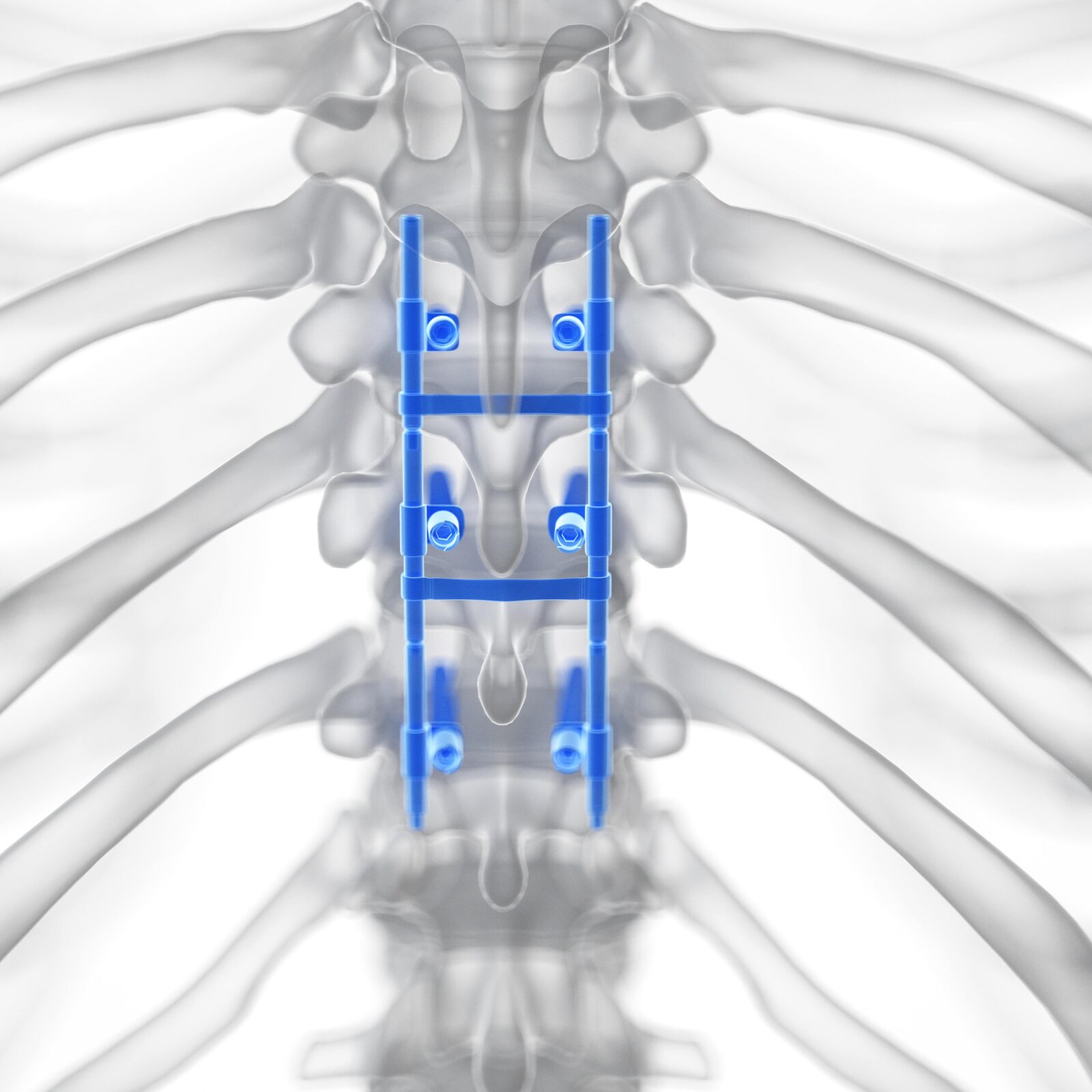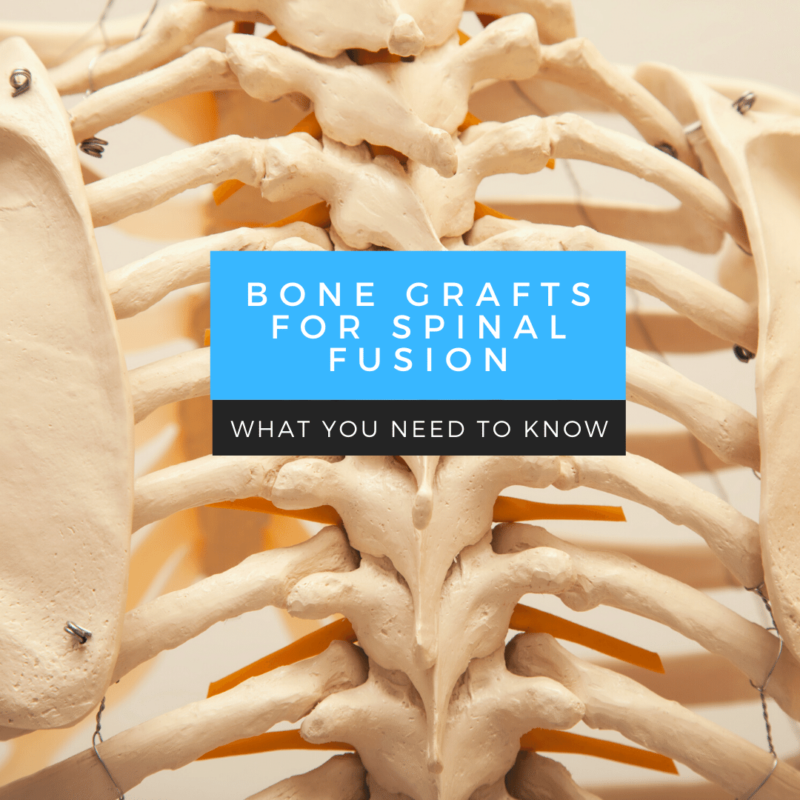One of the most common spinal surgery procedures is spinal fusion. This surgery is used to repair spinal disorders that can’t be corrected with non-surgical treatments, such as spinal stenosis and scoliosis. Spinal fusion uses bone grafts for spinal fusion in order to fuse two or more vertebrae together. Many people have heard the term “bone graft” but don’t know what it means or how it is used during spinal fusion. This blog post will explain everything you need to know about the importance of bone grafts for spinal fusion surgery and why they are necessary.
What is Spinal Fusion Surgery?
For starters, it is important to understand the basics of spinal fusion surgery. During a spinal fusion procedure, your surgeon will form a bridge between two vertebral segments in the spine. This prevents that section of the spine from being able to move, fusing it in place. The goals of spinal fusion surgery are to improve spinal stability, correct a spinal deformity, and/or to reduce pain by preventing movement.
What Is a Bone Graft?
A spinal bone graft is a type of bone tissue that is placed at the treatment site. There are different types of bone grafts that can be used, including:

- Autograft: an autograft uses the patient’s own bone. Autografts require a separate surgical procedure in order to “harvest”, or remove bone from another part of the body. Autografts are generally taken from the pelvis, rib, or another part of the spine.
- Allograft: an allograft uses one harvested from a cadaver that has been prepared for use in a spine fusion. Allografts can be used for ALIF or PLIF procedures, but is not always recommended for other procedures. However, it can also be used to supplement an autograft.
- Bone Morphogenetic Protein (BMP): BMPs stimulate bone growth within the human body and can be used to stimulate bone growth after a spinal fusion procedure. This is a relatively new technology and currently has only been approved by the FDA for anterior lumbar interbody fusion.
When deciding what type of bone graft to use for spinal fusion surgery, there are a few things that need to be considered, including: the type and location of spinal fusion, the number of levels of the spine involved, and risk factors for non-fusion. While an autograft is generally accepted as the best bone graft option, this is not always the case. Before your surgery, your spinal surgeon will help you decide the type of bone graft that is right for you.
Why are Bone Grafts Needed for Spinal Fusion Surgery?
During your spinal fusion surgery, your surgeon will make a bridge between two vertebral sections. Bone graft material can be used to fill in gaps at the site of spinal fusion surgery. These areas are often created by removing diseased and damaged bones during spinal fusions. In most cases, bone grafts are used in coordination with instrumentation such as screws and/or rods to provide spinal stability. The purpose of a spinal bone graft is to stimulate new bone growth, allowing the fusion area to become one solid piece that will help your spine stay in place.
Bone grafts are a common spinal surgery procedure that can be used to fill in gaps at the site of spinal fusion surgery. Bone graft material stimulates new bone growth, allowing for spinal stability and reduced pain. When deciding what type of bone graft is right for you during spinal fusion surgery, your surgeon will consider which vertebrae levels are being fused together as well as any risk factors present (such as disease or deformity). Contact us today to find out more about how we use different types of bone grafts when performing spinal fusion surgery.










